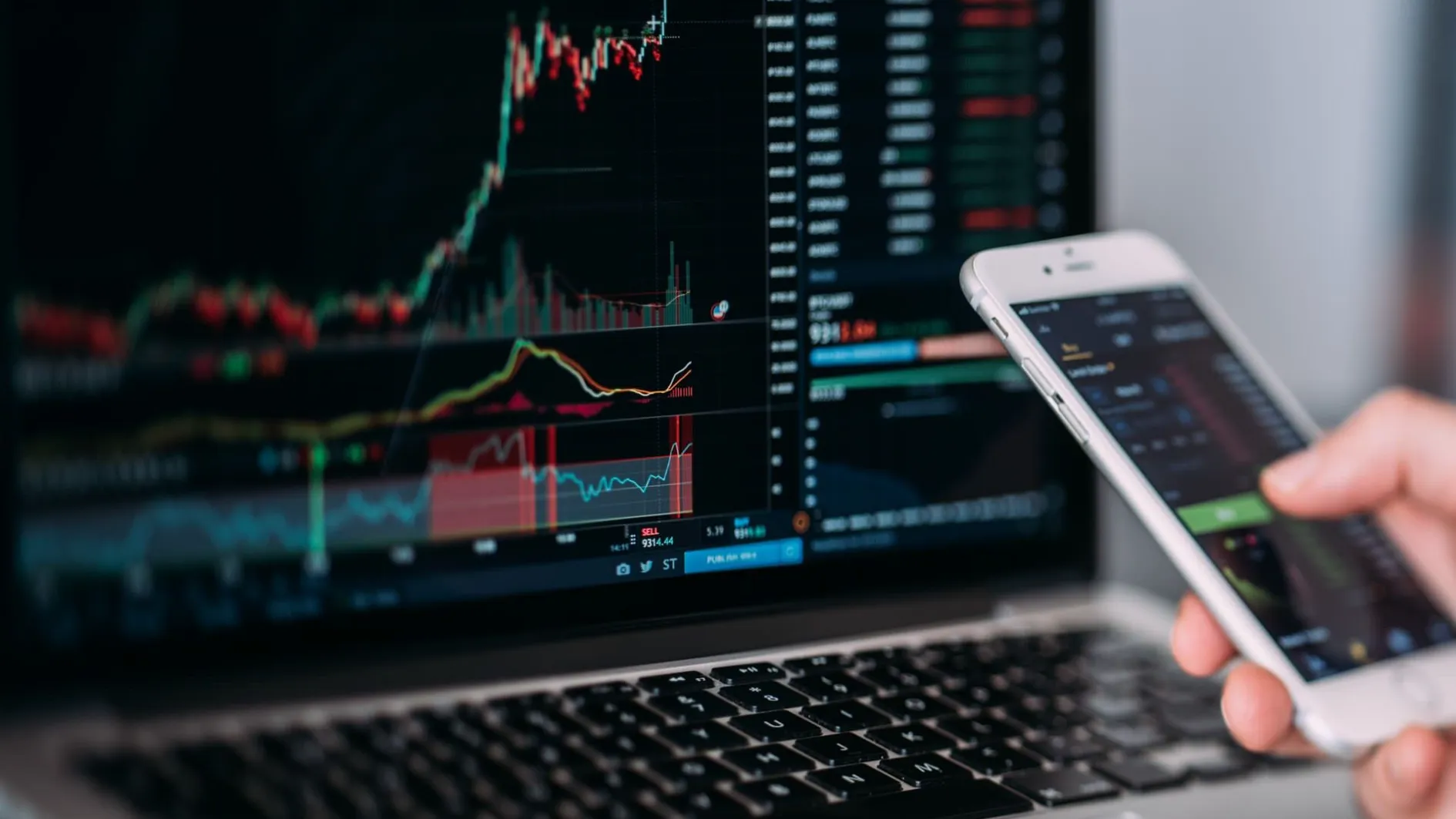Last Updated:
Jul 23, 2025
The pulse of blockchain: Which events do traders react to the fastest
Last Updated:
Jul 23, 2025

Author
Share this article
The world of cryptocurrency isn’t just about technology and finance — it’s a nonstop rhythm of events that can reshape the market within hours. Understanding which triggers cause the fastest reactions from traders is key to riding the wave instead of chasing it. In this article, we’ll break down the types of events that generate instant market responses, which ones deserve the most attention, and why a crypto calendar isn’t just a tool — it’s a strategic asset for every investor.
Listings on major exchanges
What happens: When a new token gets listed on platforms like Binance, Coinbase, or OKX, its price can spike within minutes.
Why it matters: Listings bring instant liquidity, mass exposure, and often a media buzz. Especially when a listing is anticipated in advance, traders tend to “buy the rumor, sell the news.”
Example: The $ARB listing on Binance triggered a 30% surge within hours — despite the token being distributed for free.
Airdrops and snapshot dates
What happens: Projects announce free token distributions (airdrops) based on user activity, with a “snapshot” date marking eligibility.
Why it matters: Demand for related assets usually jumps before the snapshot, especially if users need to farm or stake. After the snapshot, prices often pull back.
Example: Before Sei Network’s snapshot, traders rushed into ATOM and related DeFi activity — leading to short-term price pumps.
Hard forks and network upgrades
What happens: Technical updates (like switching to PoS or increasing throughput) are seen as signs of project maturity.
Why it matters: These upgrades can drive optimism and speculation, particularly when tied to lower fees or scalability improvements.
Example: Ethereum’s Dencun upgrade dramatically reduced Layer 2 fees, boosting attention toward Optimism and Arbitrum.
Mainnet launches
What happens: A project exits testing and launches its mainnet, often with token issuance or user incentives.
Why it matters: This marks the transition to a live economy and can signal strong future potential.
Example: Blast’s mainnet launch announcement in May 2024 doubled interest in the project within a week.
Macroeconomic news
What happens: News like Fed interest rate decisions, inflation reports, and employment data.
Why it matters: Crypto markets increasingly mirror traditional finance. A rate hike might cause a sell-off; dovish policies often boost BTC.
Example: After the Fed paused hikes in December 2023, BTC jumped $2,000 in a single day.
Token unlocks
What happens: Tokens that were previously locked for teams, investors, or staking are released for trading.
Why it matters: Unlocks can create sell pressure, and traders often position for volatility around them.
Example: The $APT unlock caused sharp swings — the token dropped 15% in two days.
Conclusion
Crypto trading isn’t just about technical charts and candlesticks — it’s also about keeping a close eye on key events. Market reactions to these triggers are often immediate, and being informed can give you a serious edge. That’s why using a crypto calendar daily is essential. It helps you stay ahead of critical dates, prepare for volatility, and turn news into strategy.
If you want to be among those who enter before the pump — not exit after the dump — stay event-aware and let the market move on your terms.
Author
Share this article
